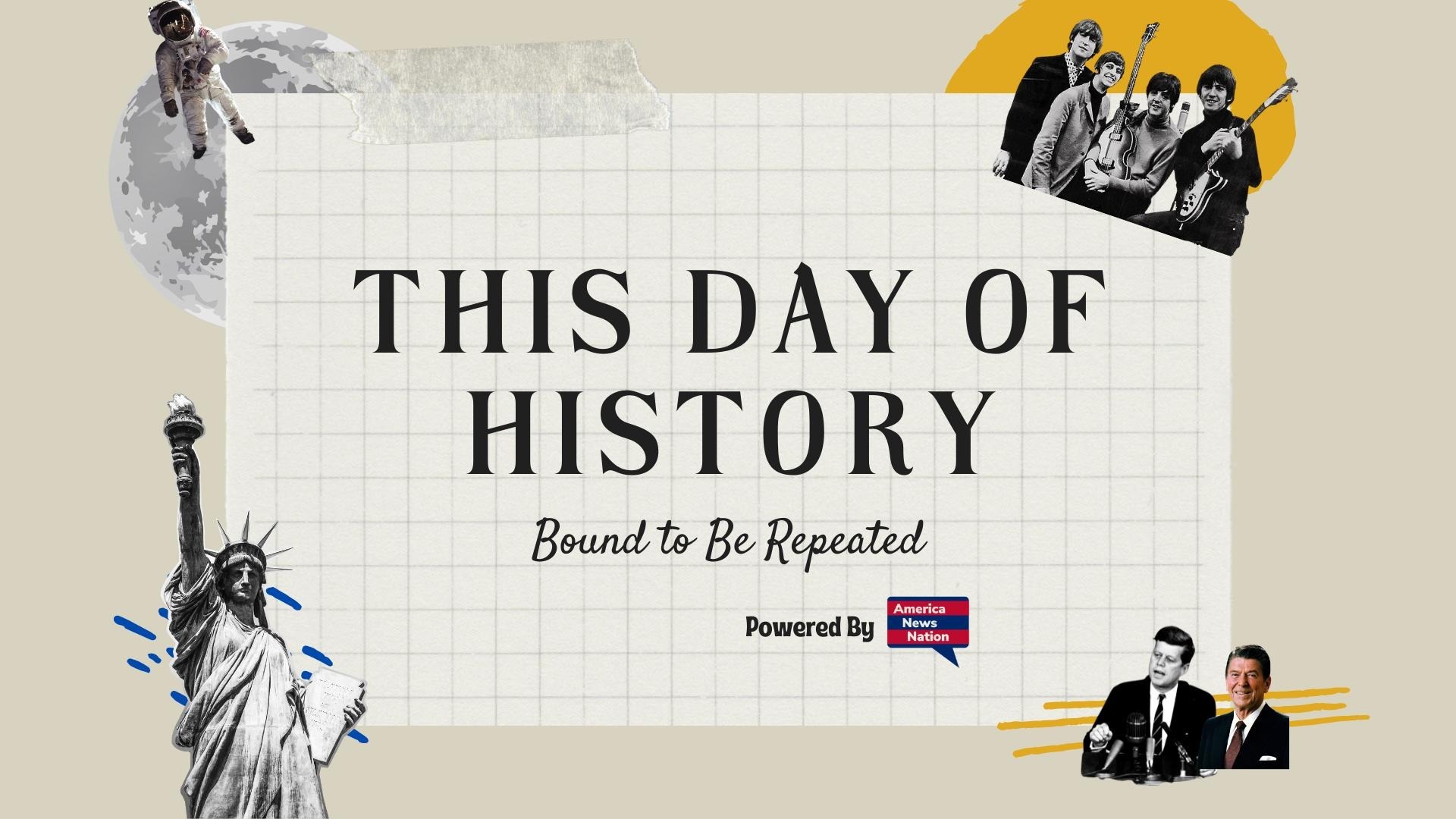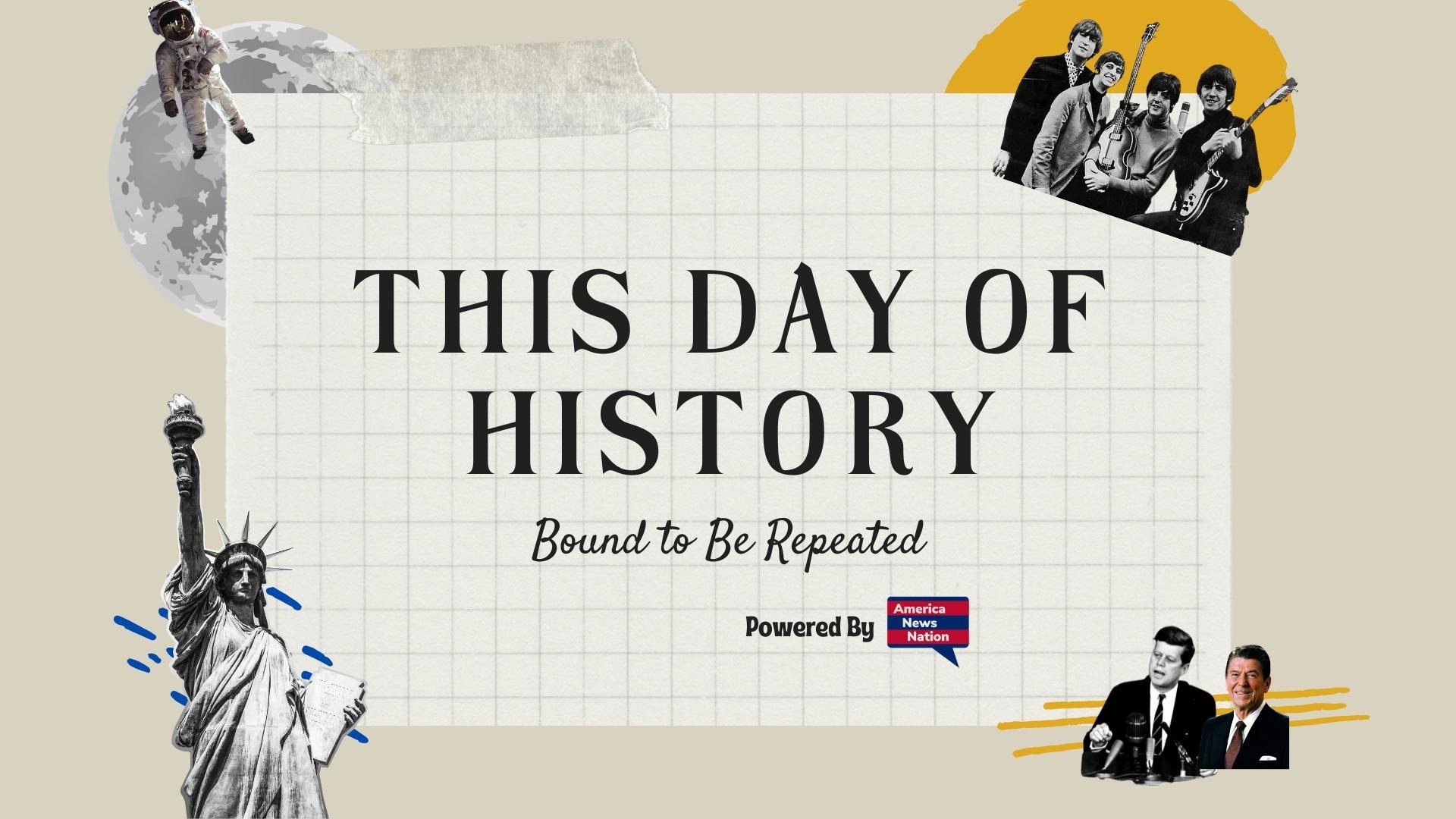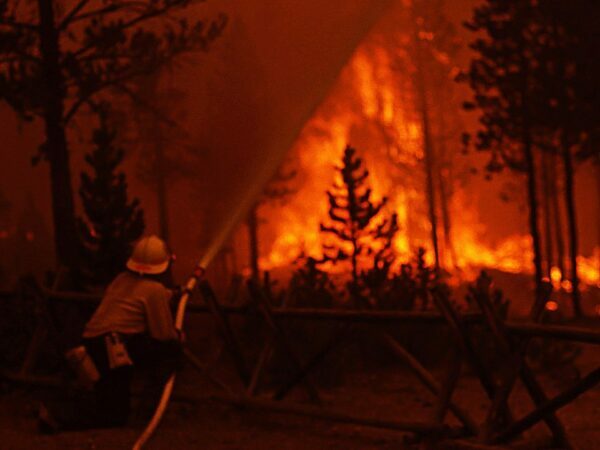By mid-August 1988, the vast wilderness of Yellowstone National Park was already under siege. Months of drought, coupled with unusually strong winds, had turned the forests of lodgepole pine into tinder. What began earlier that summer as scattered blazes—some ignited by lightning, others sparked accidentally—had steadily grown despite firefighting efforts. Park policy, shaped by a philosophy of allowing natural fires to burn under controlled conditions, was quickly overwhelmed by the sheer scale of the conflagration. By August 20, a day seared into memory as “Black Saturday,” Yellowstone faced the most catastrophic episode in its recorded history of fire.
On that single day, driven by gale-force winds exceeding 70 miles per hour, flames consumed more than 150,000 acres in a matter of hours. Walls of fire surged across the park’s rugged landscape, racing through canyons and leaping over roads with terrifying speed. Visibility in some places dropped to near zero as smoke choked the valleys, turning daylight into a kind of eerie twilight. Rangers and firefighters recalled the roar of the blaze sounding like jet engines. “It was like fighting a hurricane made of fire,” one firefighter later remarked, capturing the sense of futility that many felt.
The human drama was equally striking. Tourists were hurriedly evacuated as fire fronts closed in on iconic landmarks. The town of West Yellowstone, Montana, lay directly in the path of advancing flames, forcing residents to flee and leaving firefighters scrambling to establish defensive lines. Old Faithful, the geyser synonymous with Yellowstone itself, became a focal point of both media attention and firefighting strategy. Crews worked frantically to protect the historic Old Faithful Inn, wrapping parts of the structure in fire-resistant material and soaking the area with hoses and sprinklers. Miraculously, though flames scorched the surrounding forest and embers fell around its roof, the inn survived intact.
The scale of “Black Saturday” stretched resources to the breaking point. More than 9,000 firefighters were eventually mobilized, making it the largest fire suppression campaign in the nation’s history up to that time. Despite their numbers, the men and women on the fire lines often found themselves reduced to defensive tactics—protecting buildings, digging emergency firebreaks, and hoping for weather to change. Aircraft dropped countless gallons of water and retardant, but the winds dispersed their efforts almost as soon as they were made. What saved Yellowstone in the end was not human intervention, but the arrival, weeks later, of cooler weather and autumn snows.
The destruction shocked the public. Television images of charred trees, burning meadows, and animals fleeing through smoke gave the impression of an apocalyptic loss. By the time the fires were finally declared out in late September, nearly 800,000 acres—roughly one-third of the park—had burned. Ecologists and park officials were accused of mismanagement, with critics pointing to the “let burn” policy as a contributing factor. In congressional hearings and media debates, questions arose about whether Yellowstone had been sacrificed to bureaucratic theory.
Yet time has provided a different perspective. Ecologists studying the aftermath of the 1988 fires found that destruction and renewal were inseparable. The lodgepole pine, Yellowstone’s dominant tree, depends on fire to open its resin-sealed cones and release seeds. Grasses and wildflowers flourished in the burned areas within a year, drawing elk and bison to graze. Bird populations shifted, some declining but others thriving in the new mosaic of habitats. What had looked like devastation proved to be an ecological reset on a massive scale, consistent with the rhythms of fire that had shaped Yellowstone for millennia.
Still, the memory of “Black Saturday” endures as a moment of awe and dread. For those who witnessed it, the sight of flames consuming vast forests in a single day was unforgettable. For historians and scientists, it remains a pivotal event that reshaped not only Yellowstone but also national fire policy. The fires of 1988 demonstrated the limits of suppression, underscored the role of fire in healthy ecosystems, and left behind a landscape both scarred and renewed.



